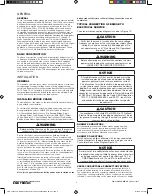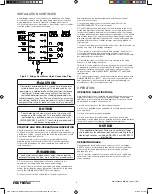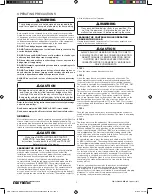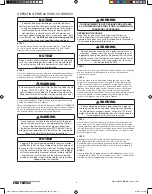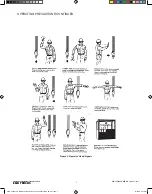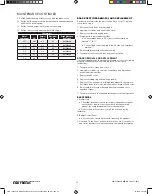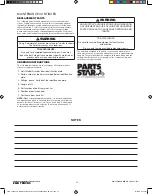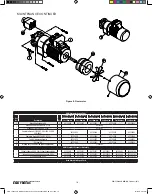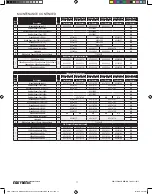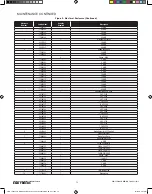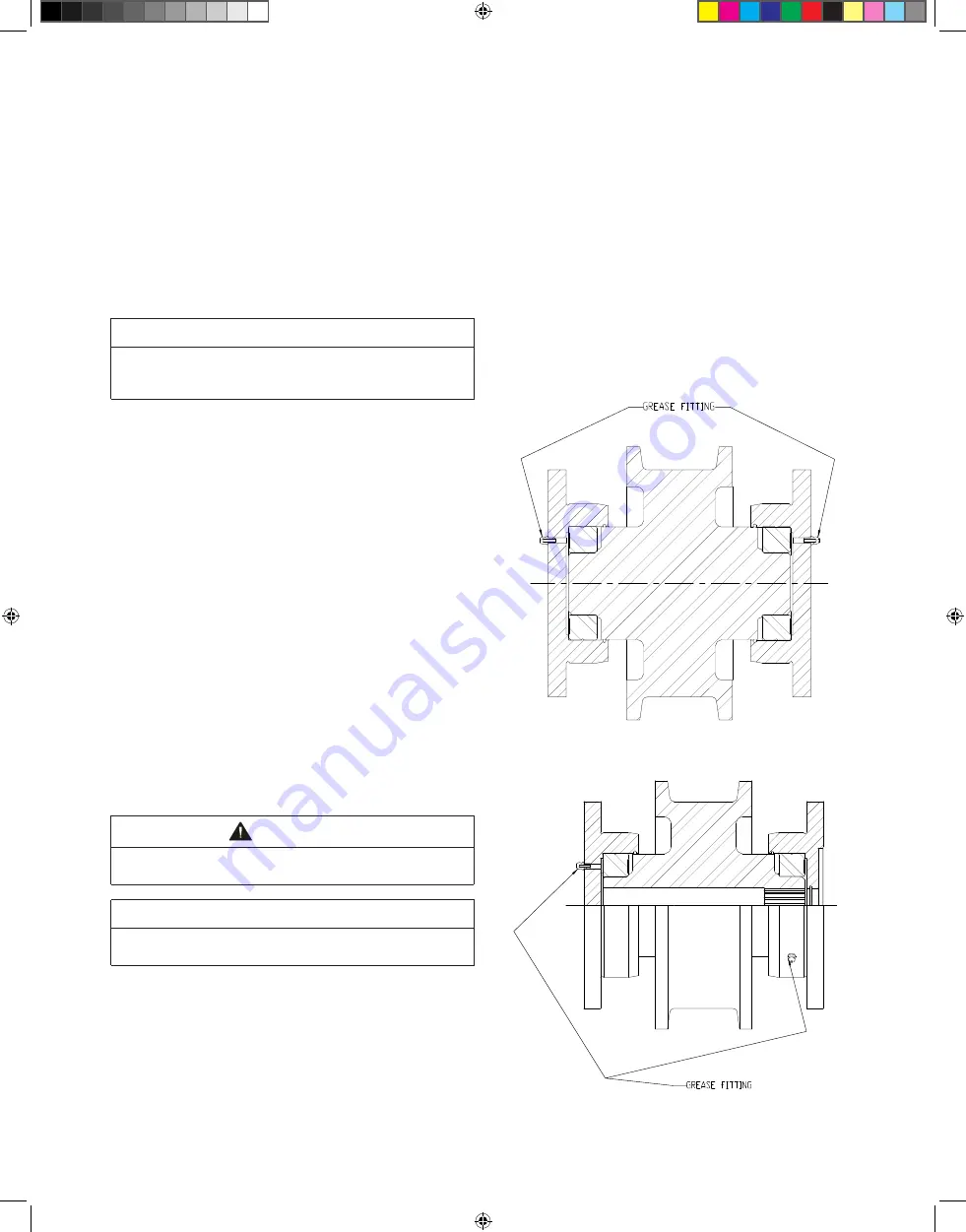
9
SINGLE & DOUBLE GIRDER TOP-RUNNING BRIDGES
WITH INDIVIDUAL MOTOR DRIVEN
END TRUCKS
P/N: 11532620 REV. AA
September 2018
INSPECTION CONTINUED
MAINTENANCE
FREQUENT INSPECTION
Frequent inspections are to be performed by a qualified designated
person. Inspection intervals vary by class of service, for Class C
Service cranes they are to be performed monthly at a minimum.
Hooks and wire rope or load chain are to be inspected in monthly
intervals as a minimum and recorded including date, serial/trace
numbers and a signature. Frequent inspections also include a
thorough operational inspection. Items to be inspected include limit
switches, lubrication levels in all gearcases, wheels, bearings, etc.,
brakes, electrical equipment and all safety devices. Crane is to be
operated without a load to check for any unusual sounds, vibrations,
or anything that may be apparently wrong. The designated person
shall determine if conditions found are a hazard and a more detailed
inspection is necessary. Refer to the typical Inspection Schedule and
Maintenance Report found on page 13 in this manual.
NOTICE
Cranes that have been sitting idle for a period between
one to six months shall receive the frequent inspection
prior to its use.
PERIODIC INSPECTION
Periodic inspections are to be performed by a qualified designated
person. Inspection intervals vary by class of service. For Class C
Service crane, they are to be performed annually at a minimum.
Frequency of this inspection may have to be increased based on
the severity of the duty cycle and environmental conditions the
crane is subjected to. A written, dated and signed inspection report
shall be provided and maintained on file. All worn, damaged or
malfunctioning parts are to be repaired or replaced to maintain a
SAFE operational crane. Refer to the typical Inspection Schedule
and Maintenance Report found elsewhere in this manual.
Items to be inspected include but are not limited to:
1. All functional operating mechanisms for misadjustment interfering
with crane operation.
2. Operating parts for excessive wear.
3. All safety devices for malfunction.
4. All connections and mountings for loose bolts, nuts and other
fasteners for tightness.
5. All structural members and welds for deformation, cracks or
corrosion.
6. All electrical apparatus, including control contactors, limit
switches, push button stations for signs of pitted contact points,
wear or deterioration.
7. All hoists and trolleys installed on the crane in accordance with
the manufacturer’s recommendation.
WARNING
Always lock main switch in the open position (off)
before inspection.
NOTICE
Cranes that have been sitting idle for six months or greater
shall receive a complete periodic inspection prior to its use.
GENERAL
Maintenance services required on top running cranes are, for the
most part, simple periodic inspections and adjustments. Procedures
for lubrication, routine adjustments and replacement of parts, if
required, are described in the following paragraphs.
LUBRICATION
AXLE BEARINGS
Axle bearings on the 4.5" (115 mm) and 6.3" (160 mm) diameter
wheels are permanently lubricated, with no additional lubrication
requirements. Axle bearings on the 7.9" (200 mm) , 10.2" (260 mm)
and 12.01” (305 mm) diameter wheels require periodical lubrication.
To access grease fittings, remove the rail sweep. Fitting is located
on the pilot diameter of each bearing cage, four total per endtruck
as shown in figures 3 & 4. Lubricate with NLGI #2 General Purpose
Grease, every three months. Replace rail sweep upon completion.
Using a torque wrench, tighten all bolts to 72 ft. lbs. torque for all
size end trucks. Frequency of and type of lubrication used may
be adjusted based the severity of the duty cycle and operating
environment.
Figure 3. Trailer Wheel
Figure 3. Trailer Wheel
CMK_12322 Yale Rotating Axle End Truck Parts 11532619-REV AD_mec.indd 9
10/16/18 2:07 PM




